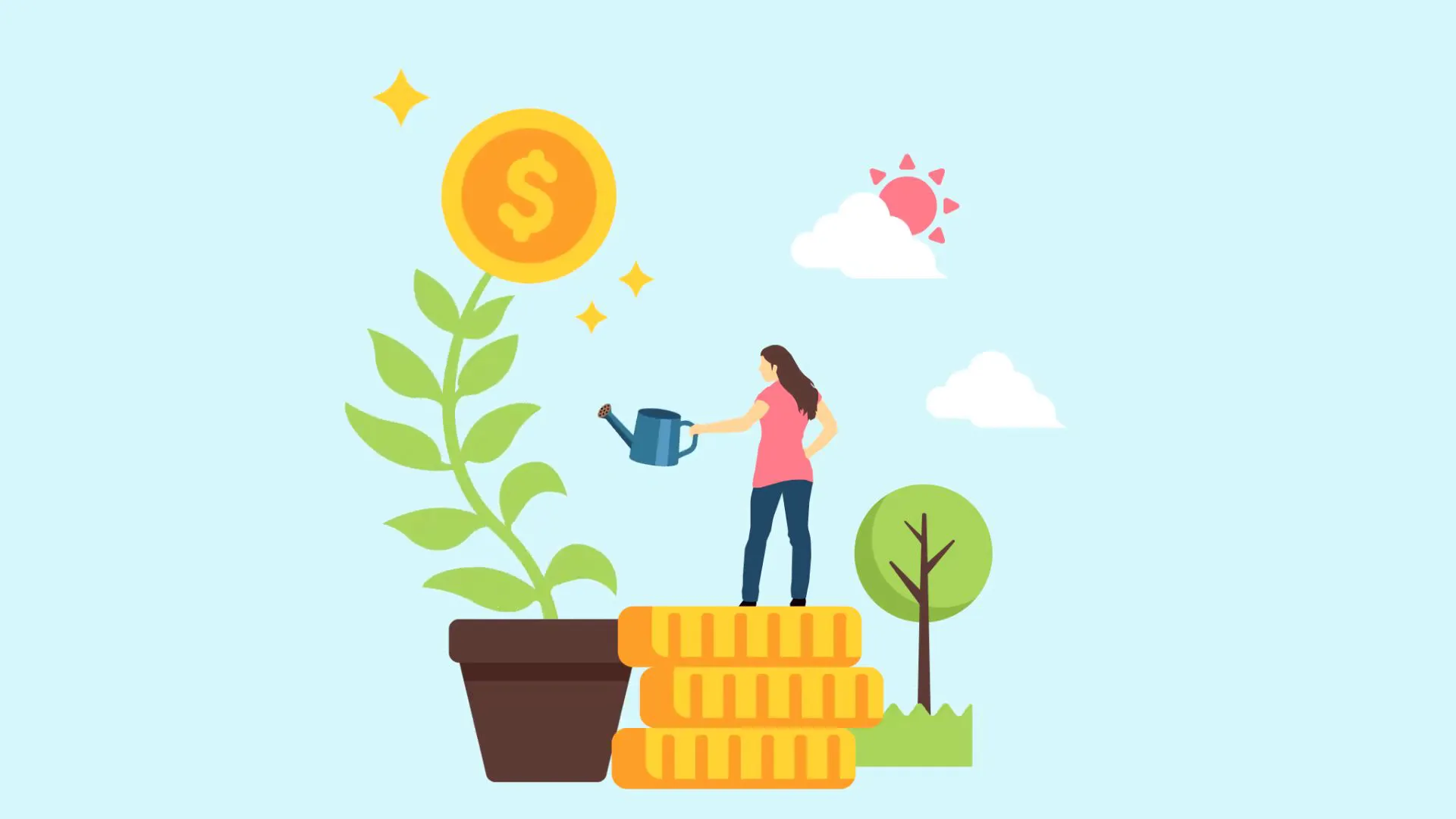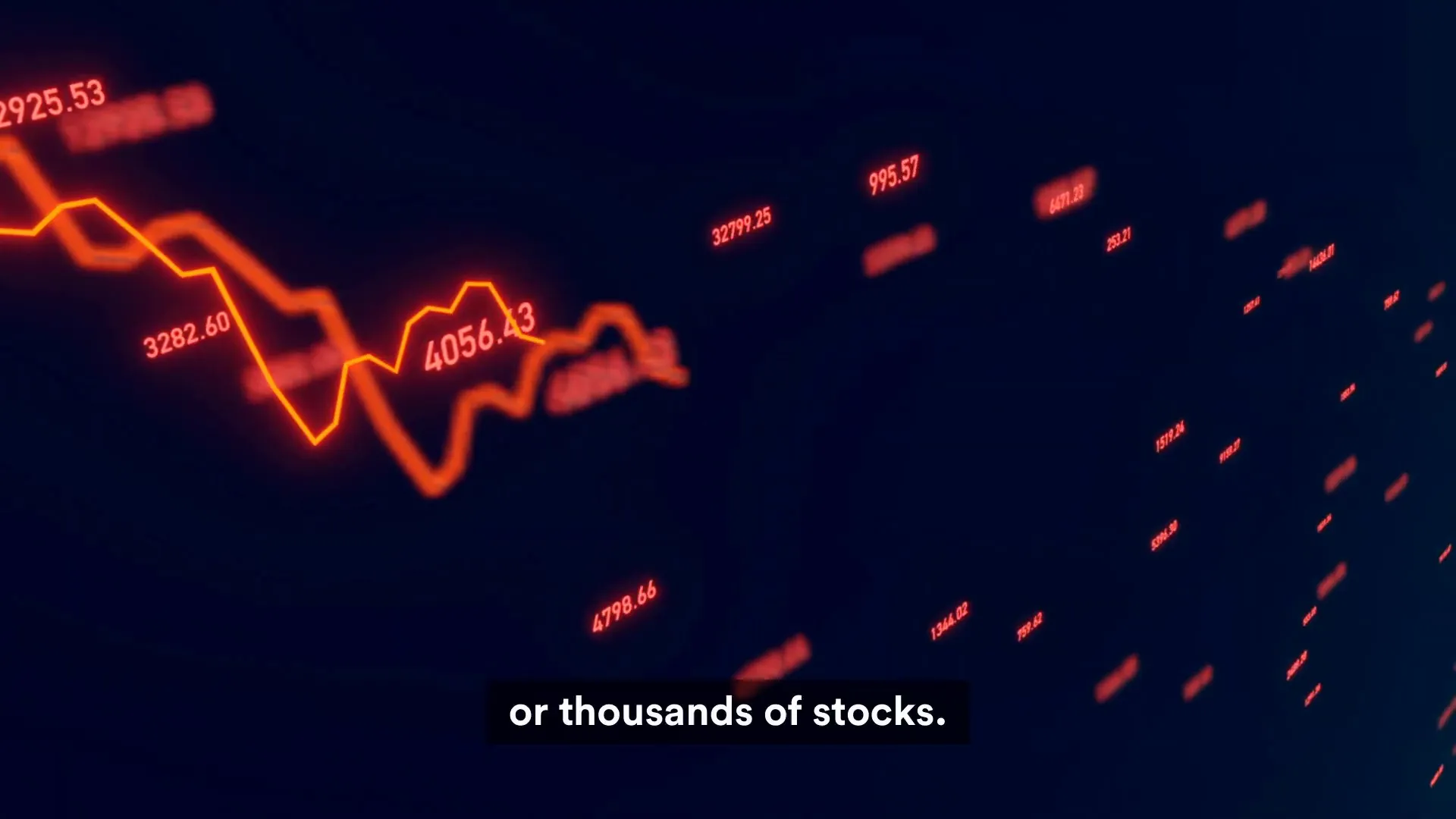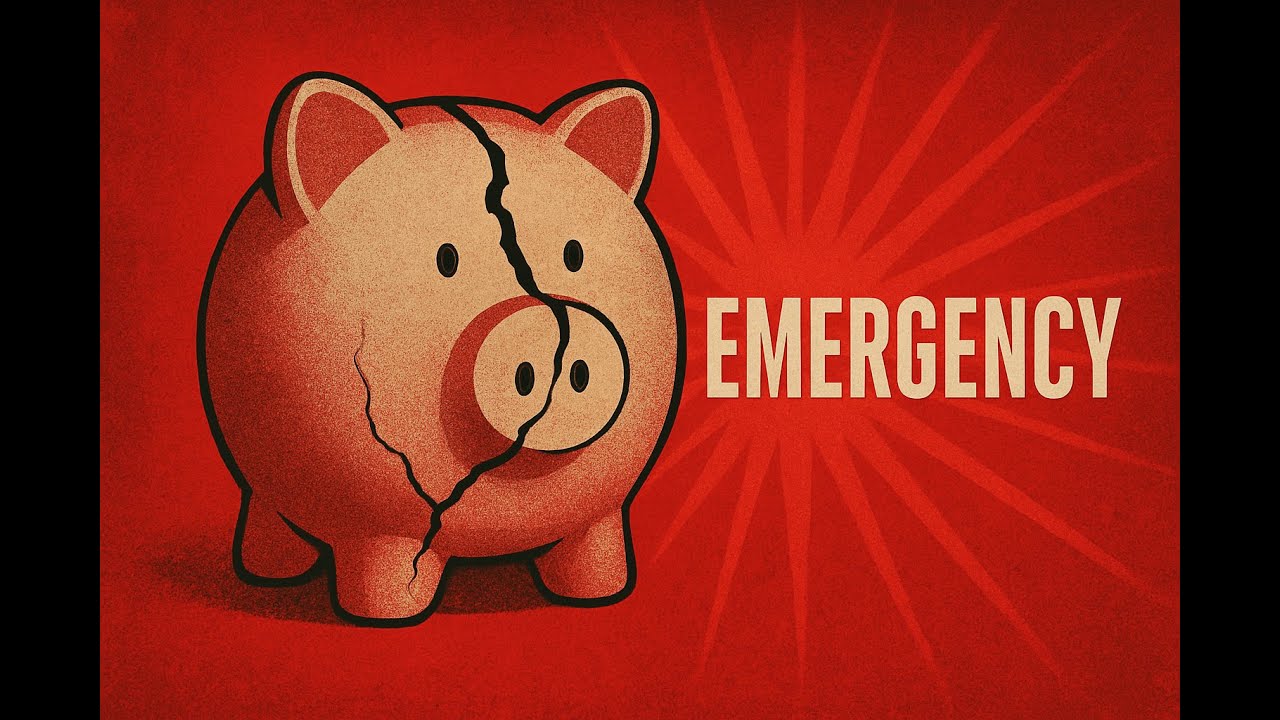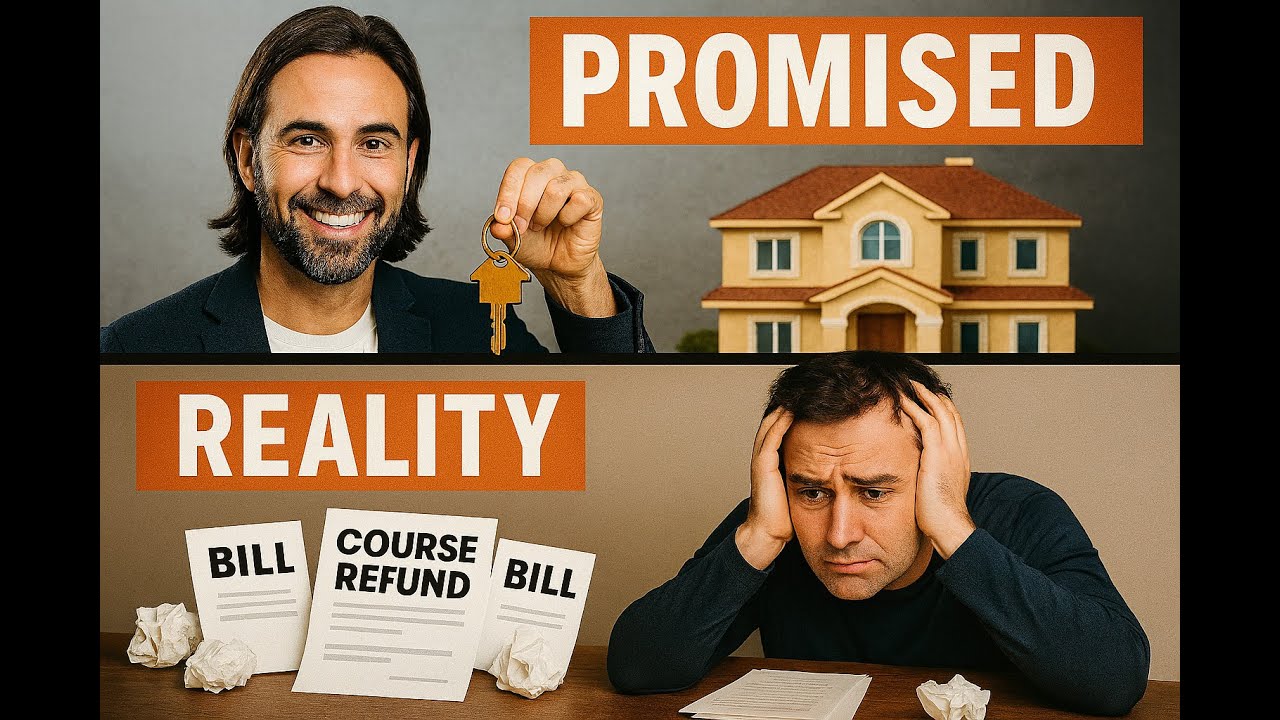How Inflation Is Stealing Your Savings and How to Stop It
Discover how inflation quietly diminishes your savings
Loading video...
How Inflation Is Stealing Your Savings and How to Stop It
Inflation is stealing savings in a way most people don't realize. Your bank account balance might look healthy, but the truth is your money is quietly losing its ability to buy the things you need. This invisible erosion of purchasing power is something banks rarely talk about, yet it affects everyone who keeps money in traditional savings accounts. In this article, based on insights from Start With Cents, we’ll break down how inflation is silently draining your wealth and, more importantly, what you can do to protect your financial future.

Table of Contents
-
🏃♂️ The Treadmill Effect: Moving Backwards Despite Interest
-
[❓ Frequently Asked Questions (FAQ) ❓](#❓-frequently-asked-questions-(faq)
💸 Why Your Bank Balance Is Misleading
At first glance, seeing a steady or slightly growing balance in your savings account feels reassuring. But here’s the catch: while the number on your statement might stay the same or increase a bit, the real value of that money is shrinking.
For example, a $20 bill today buys what $19.50 bought last year. That 50-cent difference might sound small, but when multiplied across your entire savings, it adds up to significant losses. Imagine going to the grocery store and suddenly needing an extra $20 just to fill your usual cart. That’s real money disappearing right before your eyes.
📉 The Math Behind Inflation Stealing Your Savings
Let’s look at the numbers. According to FDIC data, the average savings account interest rate is roughly 0.41% annually. That means if you have $10,000 in savings, you’ll earn about $41 in interest over a year. Sounds okay, right? But consider this:
-
Since June 2023, inflation has ranged between 2.4% and 3.5%.
-
Prices for goods and services increase by that percentage every year.
This means your money grows by 0.41%, but the cost of everything goes up by at least 2.4%. The result? You’re guaranteed to lose 2% to 3% of your purchasing power annually.
Put simply, after one year, your $10,041 (original $10,000 + interest) will buy what about $9,741 bought the year before — a loss of nearly $300 in buying power despite the account growth.

🛒 Real-Life Impact: Your Groceries Cost More
Take your weekly $50 grocery trip. With 3% inflation, that same cart now costs $51.50. Over a year, you end up paying an extra $78 just to buy the same groceries. No wonder 65% of Americans feel their money isn’t keeping up with rising costs — the math proves they’re right.
This isn’t bad luck or a temporary glitch; it’s how the system works. Banks pay you nearly nothing on your deposits, while inflation steadily climbs. They profit by lending your money at much higher interest rates, leaving you with the leftovers.
⏳ The Long-Term Effect: Losing Thousands Over Time
Let’s extend this over a decade. If you keep $10,000 in a savings account earning 0.41% interest, you’ll have about $10,420 after 10 years. But if inflation averages 2.5% during that time, your $10,420 only buys what $8,100 could at the start. That’s nearly $2,000 lost in purchasing power — money you won’t get back.
Banks focus on the safety of your deposits and the small interest payments, but they rarely highlight what your money can actually buy down the line. Every year, you lose 2-3% of your money’s real value. For every $10,000 saved, that’s $200-$300 lost annually. If you have $50,000 saved, that loss balloons to $1,000-$1,500 each year.

⚠️ Safety Is an Illusion When Your Money Loses Value
You might think keeping money in a traditional savings account is the safest choice. But when inflation is factored in, that safety is misleading. Your money isn’t just sitting idle; it’s guaranteed to lose value every year.
Financial experts don’t mince words about this. They call traditional savings accounts a “guaranteed way to lose money” — not because banks steal your cash, but because inflation eats away at your money’s purchasing power relentlessly.

🏃♂️ The Treadmill Effect: Moving Backwards Despite Interest
Think of your savings as running on a treadmill moving backward at 3 miles per hour. If your interest rate moves you forward at just 0.4 miles per hour, you’re still moving backward overall. Inflation outpaces your earnings, ensuring your money loses ground year after year.
🚀 How to Fight Back: Simple Steps That Work
Here’s the good news: you don’t have to accept this guaranteed loss. There are straightforward ways to protect and grow your money beyond the slow drain of traditional savings accounts.
High-Yield Savings Accounts
High-yield online savings accounts currently offer around 4% annual percentage yield — nearly ten times the national average. With inflation between 2.4% and 3.5%, these accounts actually beat inflation by 1 to 2 percentage points.
For example, if inflation is 3% and your high-yield account pays 4.5%, you gain 1.5% in real purchasing power each year. Your $10,000 doesn’t just keep pace; it grows ahead of rising prices.

Money Market Accounts
Money market accounts offer similar interest rates to high-yield savings accounts but often come with check-writing privileges and ATM access. Some require higher minimum balances but can be a convenient alternative that pays you better interest than traditional savings.
Certificates of Deposit (CDs)
CDs lock in rates between 4% to 5% for terms ranging from six months to five years. If you don’t need immediate access to your funds, CDs can guarantee you beat inflation over those periods.
Broad Index Funds
If you want to move beyond just beating inflation and aim for long-term growth, broad index funds are a powerful option. Historically, these funds have averaged 7% to 10% annual returns — well above inflation.
You don’t need to be a stock market expert to get started. Index funds are baskets of hundreds or thousands of stocks representing the overall market. When the market goes up, your investment grows too. While there are ups and downs year to year, over decades, index funds have consistently outpaced inflation by 4-7 percentage points.

👶 Getting Started: No Big Money Required
Many high-yield accounts have no minimum balance requirements, and some index funds let you start investing with as little as $100. The key is to get your money working harder, even if you start small.
High-yield savings accounts are a great first step, especially if market volatility scares you. They offer inflation-beating returns without the ups and downs of stocks. Once comfortable, you can explore index funds for money you don’t need to touch for several years.
🎯 Take Control of Your Money Today
Your money is either growing or losing value — there’s no neutral ground when inflation is in play. Every dollar sitting in a regular savings account loses purchasing power each year. This isn’t just an opinion; it’s basic math.
Here’s your first step: open a high-yield savings account this week. It only takes minutes, many have no minimum balance, and you start beating inflation from day one. Then, when you’re ready, explore simple index funds to grow your wealth over the long term.
You now know what most people never learn: your money should work as hard as you do. Take back control of your financial future starting today.
❓ Frequently Asked Questions (FAQ) ❓
Q: Why does inflation make my savings lose value?
A: Inflation means prices for goods and services rise over time. If your savings interest rate is lower than inflation, your money’s purchasing power declines because it buys less than before.
Q: Are traditional savings accounts safe?
A: They are safe in terms of not losing your principal, but they lose value in real terms due to inflation. Safety doesn’t protect against purchasing power loss.
Q: How can I protect my savings from inflation?
A: Consider high-yield savings accounts, money market accounts, certificates of deposit, and investing in broad index funds. These options offer returns that can outpace inflation.
Q: Is investing in index funds risky?
A: Index funds fluctuate in value year to year, but historically they have provided strong returns over the long term. Start small and invest money you won’t need immediately to manage risk.
Q: Do I need a lot of money to start investing?
A: No, many high-yield accounts require no minimum balance, and some index funds allow you to start with as little as $100 or less.
Subscribing really helps.
Subscribe to help me create more helpful videos for everyone's benefit.
** Subscribe to @StartWithCents **
🚀 Ready to Build Real Wealth?
You've learned the strategy – now it's time for action!
🎬 Get Weekly Financial Education
Join thousands learning smart money strategies that actually work.
📺 Subscribe to @StartWithCents
💎 Download Your Free Wealth-Building Tools
Get the exclusive "First Dollar Game Plan" – your step-by-step guide to financial freedom.
📚 Continue Your Financial Journey
Explore more money-smart articles and strategies.
📖 Read More Posts • 🏠 Homepage
💡 Remember: Knowledge without action is just entertainment. Take one step today!

